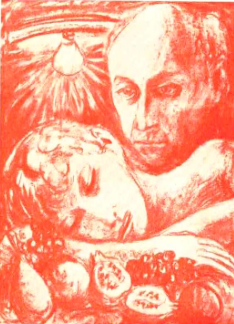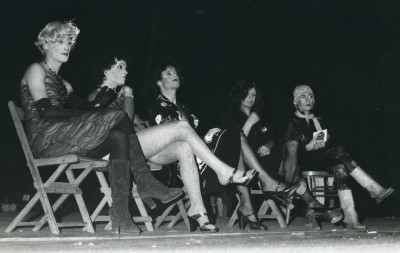15. Cosa scrivevano le donne di fine Ottocento? Il contributo italiano alla Woman’s Building Library della World Fair di Chicago (1893)
Questo saggio presenta la ricostruzione della lista di libri inviati dall’Italia alla Woman’s Building Library della Fiera Mondiale di Chicago del 1893. I 222 testi, radunati nel corso di pochi mesi da Alice Howard Cady e Fanny Zampini Salazar, diventarono parte della prima biblioteca pubblica al mondo interamente dedicata alla scrittura al femminile. In quanto tali, costituiscono una testimonianza eccezionale della partecipazione delle donne italiane alla letteratura ed alle scienze mondiali. Discutendo le tipologie e i generi dei testi,






